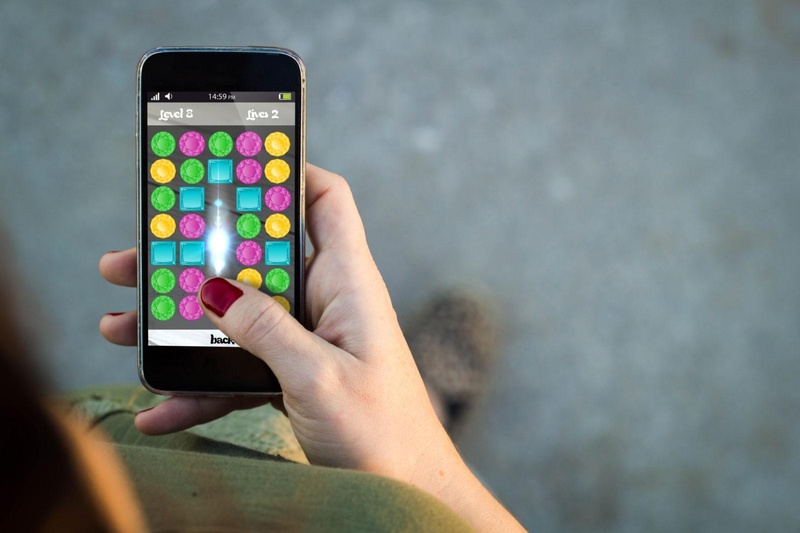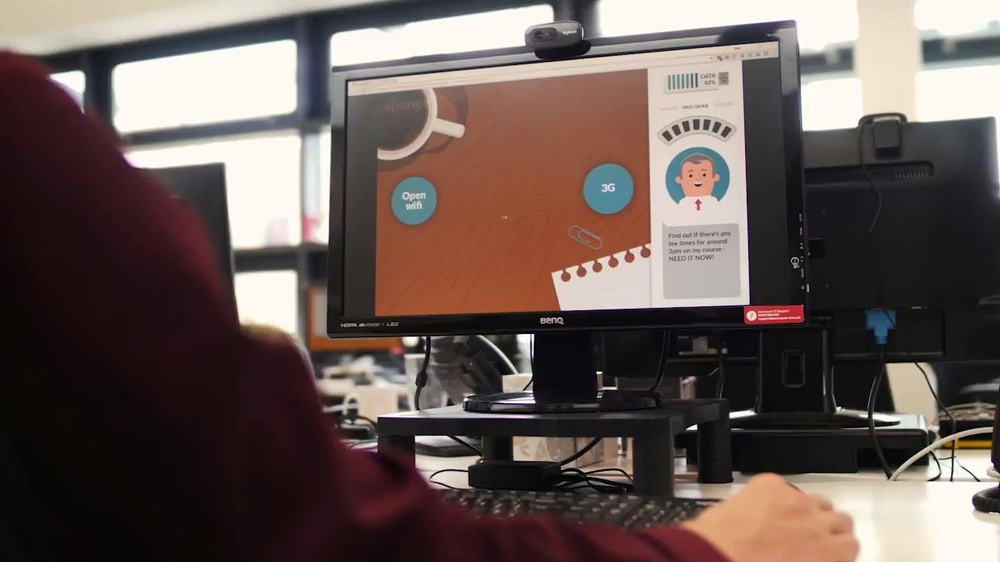Playability Vs Practicality: how to achieve both

Imagine a game that has the potential to be played forever. Sounds crazy, doesn’t it, but that’s exactly how some of the biggest-selling games for entertainment are being developed.
At the very least, gamers expect to be kept entertained for tens or hundreds of hours. This list of 10 longest games ever reckons some of the games can be played for infinity, while these 12 games are designed to be played for 100 hours-plus.
While serious games are increasingly recognised as a powerful tool in corporate learning, this amount of time is clearly impractical. No employee has this amount of time for learning!
There’s another issue, too: the sheer cost of developing games like this. Developers can expect to pay tens of millions of dollars – or more. Star Wars – The Old Republic cost $200m. Grand Theft Auto V wasn’t too far behind, at $137m.
A successful learning game needs to have playability. But it also needs to be delivered in short bursts that fit into the working day – and it needs to be cost-effective. So what’s the answer? How can we level the need for both playability and practicality in a corporate setting?
Read on for our four tips on how to achieve both.

1. Narrow the focus
Choose one key piece of learning only per game. Don’t try and fit a complete learning programme into it. Keeping it short and specific makes the learning more effective. If it’s too long, quite apart from the issues over time, there’s also a high risk the learning won’t hit home.
A good example of a learning game with one, important piece of learning is GDPR – Sorted, a game developed by Sponge specifically for GDPR. The focus is narrow and the target is clear: awareness-level training for low-risk employees.
2. Reasonable playing time
Think carefully about how long you want people to spend playing the game. Video games are often designed to keep players busy for hours, but in a corporate setting that’s not realistic. Focus on what your learners can reasonably managed within the time they have available.
3.Capstone experience
A learning game works well as the culmination of a learning programme, allowing employees to practice what they’ve learned and improve their skills further. The other advantage of using learning games in this way is that employees can see their progress and can be confident they’re ready to apply the learning.
4. Mini games within elearning
Short games can be used at various stages of your digital learning programme, and there are a number of reasons why you might consider this. For example, short games are an engaging way of testing and re-testing knowledge at key points as the employee progresses through the programme. They also act as a good introduction to this type of learning for employees who are perhaps resistant to change or new ways of doing things.
These four tips illustrate how it is possible to have learning games that are both playable and practical. Moreover, they’re helping to transform results in key areas of work and across all sectors.

Find out more at Learning Solutions 2018
At the eLearning Guild Learning Solutions Conference & Expo in Orlando, Florida (27-29 March), I’m hosting a session exploring the rationale behind learning games. Together with our award-winning game developer, Jason Butler, I’ll share real life examples and discuss how best to incorporate games into corporate learning.
107 - 5 Powerful Ways to Use Games in eLearning takes place at 10.45-11:45am on 27 March in the Salon 5/6 Room.
Author: Louise Pasterfield, Managing Director, Sponge